The "infinite screen" phones are coming closer to the user thanks to the camera technology hidden under the screen.
During the process of development, the form of smartphones has always changed. However, in the past few years, manufacturers seem to be aiming for a common model, that is to launch a phone with a "flawless" screen.
The goal of many smartphone brands
Users are familiar with screen designs such as "rabbit ears", "punch holes" ..., which are different ways to shorten the screen bezel. However, all of these designs still have defects. The front camera cluster always appears, whether in the middle or at the corner, big or small, making the screen unable to fully spill out 4 corners.

That's why the camera technology hidden under the screen (Camera Under Display or CUD) offers great expectations. This is probably the best answer right now to bring a true full-screen experience, integrating the front camera without sacrificing any part of the screen, and eliminating concerns about durability.
However, the camera technology under the screen is not simple. Although the first devices with CUD design have been revealed since 2019, so far, only a few names have announced CUD technology, including the Vsmart Aris Pro.
The idea is simple but the implementation is not
To realize this idea, firms have to overcome many limits of traditional technology. Because screens and cameras operate on two different principles.
Photography is a game of light and, in general, cameras are always designed to capture as much light as possible. In front of the image sensor are lenses, which help light to enter the sensor effectively. Placing a monitor, or anything else in front of the image sensor, is against how the camera works. The screen, which is composed of a panel with millions of pixels, blocks the amount of light that the camera needs.
Therefore, manufacturers must find a balance between the ability to display content and the "transparency" of the screen. If display priority is given, the upper part of the camera has too many pixels, then the light will not be able to pass through to enter the camera sensor below. Conversely, if you reduce the pixel density so that the camera sensor can capture more details, the screen above will be pitted, bad.

According to Mr. Duy Luan - an expert on a large technology forum, manufacturers have found a way to balance usage. Some companies use algorithms to make the screen display better and adjust the quality of photos when finished. Some companies think of a solution for two screens to overlap, so they can both display and take good pictures. However, every solution must ensure feasibility so that the smartphone is not priced in the sky, or cannot be mass-produced because the technology is too rare and difficult to do.
To solve the above challenge, manufacturers look to both hardware and software solutions. The hardware solution could be the screen partially cut out, in which the camera area will be clearer than the rest.
When having the hardware, the manufacturer also has to deal with the software to optimize the display area and correct the aberrations and scattering when light passes through the screen. Without optimal algorithms, the original photo will just look like you see your face through the translucent glass.
One company that develops an under-screen camera solution is Visionox. The "secret" of Visionox is to adjust the screen so that the area above the camera is more transparent than other areas. The clearer the screen, the more light the camera has to capture. The company also provides additional software to reduce the effect of light scattering when looking through the screen.
But even with the acquisition of Visionox's technology, the maker's part is not over. They will have to integrate algorithms, adjust, and optimize to bring the best image from the camera below the screen.
“Buying CUD monitor components is very normal and easy. The integration of new processing algorithms is difficult ”, commented expert Duy Luan.

VinSmart uses AI to improve the quality of CUD photos
Director of VinSmart Smartphone Research Institute - Mr. Nguyen Minh Viet - shared about this issue: “According to the display manufacturer's announcement, the first generation that we use only allows 15% of light to pass through layers of the screen. Therefore, VinSmart engineers have tweaked the camera and VOS software. VinAI's AI engineer spends a lot of time and effort to ensure that the image taken with the hidden camera of Aris Pro achieves 80% of the image quality compared to the camera with conventional design ”.

Mr. Viet also said that the company is continuing to work with partners to own the second generation of screens, with the goal of increasing the pixel density of hidden camera areas, increasing visibility, and continuing to improve. improve AI algorithms. At that time, users will find it difficult to see the difference between the image quality of the camera technology hidden under the screen compared to placing the camera under the normal protective glass.
VinSmart and VinAI are also two of the pioneering brands to refine the software, using AI to solve the problem of increasing the quality of photos taken from the camera under the screen. Not only bringing high-end experiences to customers with Vietnamese intelligence, but the two brands also aim to change the world technology game.


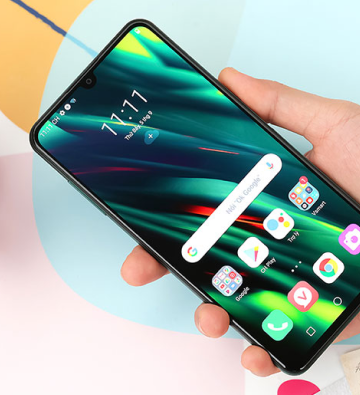













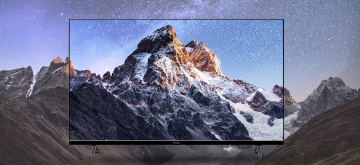
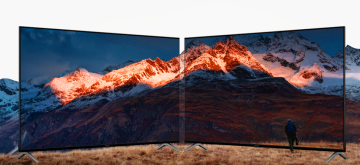
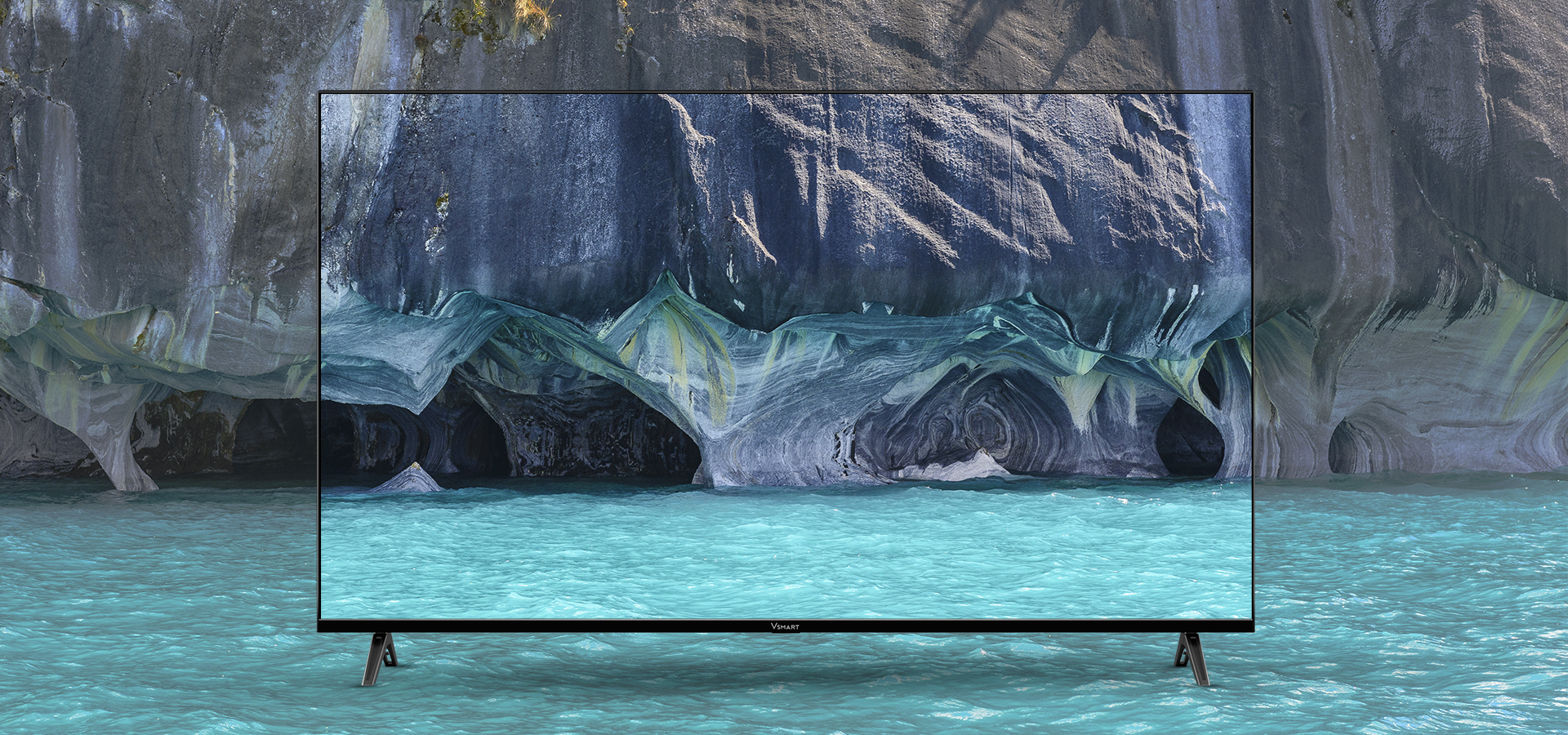
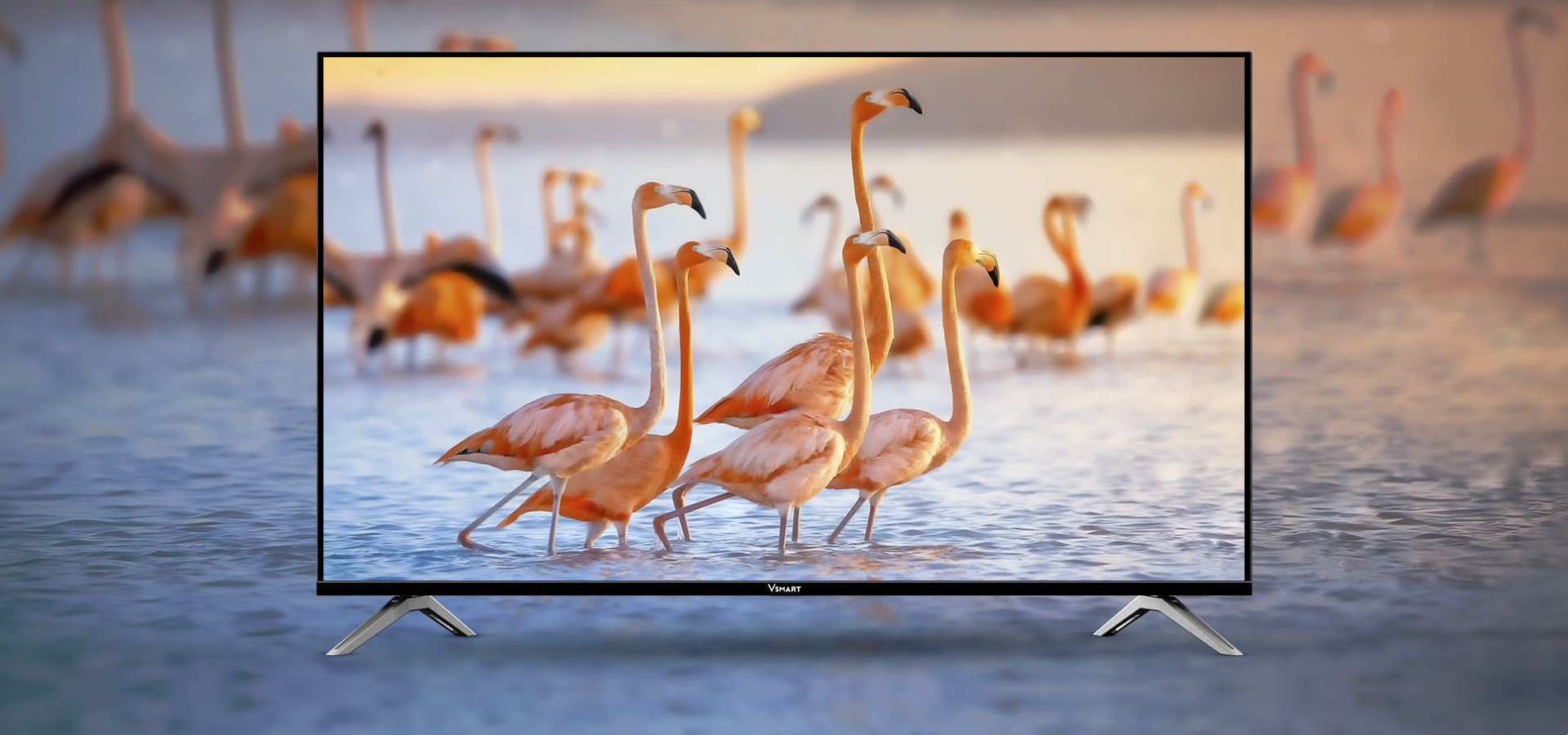


 29.12.2020
29.12.2020
 v.dangptb
v.dangptb









